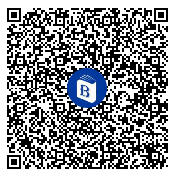High-resolution monitoring of root-zone soil moisture is essential for optimizing irrigation in precision agriculture. This study demonstrates the potential of drone-borne Ground-Penetrating Radar (GPR) to map spatial and temporal soil moisture dynamics across an agricultural field over an entire growing season. Using the innovative gprSense® system, which combines a frequency-domain radar with full-wave inversion, we achieved precise and automated data acquisition and processing. To our knowledge, this is the first study to implement time-lapse, root-zone soil moisture mapping using drone-borne GPR combined with real-time full-wave inversion. Time-lapse mapping was conducted in a spinach field, yielding eight high-resolution soil moisture maps that captured dynamic variations driven by precipitation and irrigation. Operating in the frequency range 110–120 MHz, the system measured soil moisture down to a depth of approximately 35–40 cm, with comparisons performed using Time Domain Reflectometry (TDR) sensors and mass balance analyses. Electrical Resistivity Tomography (ERT) provided complementary data into soil electrical conductivity patterns. Results revealed strong agreement between GPR-derived soil moisture estimates and conventional methods, with spatial patterns aligning closely with predictions from Boosted Regression Tree (BRT) models. These findings demonstrate the capacity of drone-borne GPR to deliver actionable, root-zone scale insights for real-time irrigation optimization and agricultural water management.
 扫码关注我们
扫码关注我们
 求助内容:
求助内容: 应助结果提醒方式:
应助结果提醒方式:
